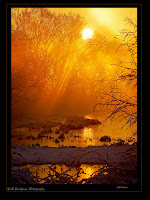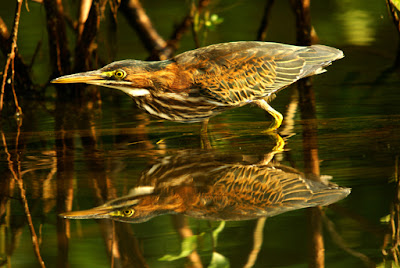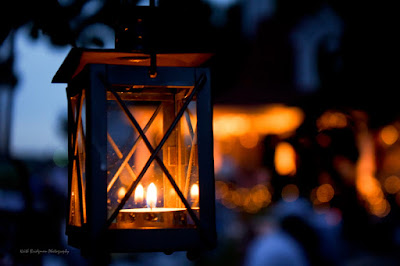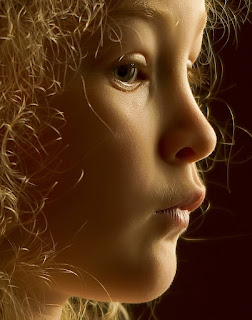 I'll never forget that Christmas I bought the boys a BB-Gun...A Daisy Red Rider, one of the classics. I still use it today all these years later mostly to plink a pop can or two or pop the rear ends of troublesome dogs to scare them off. It still shoots almost straight and level, enough anyway to hit a pop can with it.
I'll never forget that Christmas I bought the boys a BB-Gun...A Daisy Red Rider, one of the classics. I still use it today all these years later mostly to plink a pop can or two or pop the rear ends of troublesome dogs to scare them off. It still shoots almost straight and level, enough anyway to hit a pop can with it.That year Christmas it was bitter cold back in Oklahoma with snow actually still on the ground, which is rare that time of year even for that part of the country. We bundled up and stepped into our tiny backyard and setup a pop can or two for them to shoot at. After some instructions and safety no-no's. I knelt behind them to help steady their aim and let them have it. The excitement in their eyes when they heard than can go Clank! when a BB struck home was worth the cold fingers and runny noses. I still love to hear the clank of a pop can when I shoot it.
There is just something about Dad's, BB-Guns, and boys. A right of passage offered to us as one of the most perfect of bonding times. Grand adventures play out in their minds, I know this to be true because I did the same thing when I was a kid. That BB-Gun I owned was probably one of the greatest imagination expanding tools ever invented. Not only did it open up great adventures it taught me reponsibility. BB-Guns are not toys and need to be treated as such. Even young boys can learn about such things.
Through every season, numerous times I monitored their activity with the BB-Gun until they were old enough to shoot on their own. That tiny backyard transformed into big game hunting, Olympic style target shooting, and just plain-ole fun of shooting a can. Hot or cold we found time to shoot in the backyard...not often enough I now realize, but at least we have those moments.
In time we graduated to going squirrel hunting. Tim the oldest got to carry a single shot 22 rifle, and Christopher, not quite big enough to handle such a gun got to carry the BB-gun. We hiked across a grassy field almost as tall as Christopher and he wasn't too happy about it, but all of that changed once we got to the squirrel spot. There was a small creek barely wide enough to call it a creek that meandered through a tnagle (that is tnagle not tangel) of woods. We saw a squirrel or two but never got to shoot one, but man-o-man did they have fun. Great times they were, and alas, not often enough did we do such things. Where is that PAUSE button when a DAD really needs one.
Too often life interferes with..well...life. Work, responsibility, bills, mortgage...you know the drill. All important elements of being a dad that cannot be ignored. Too often though they tend to take up a disproportionant amount of time, resources, and energy to be able to truly pursue those memory making moments.

I am thankful for that BB-Gun and the perfect times it created back then. In my older age now I realize a missing PAUSE button was not the problem...I was...for not making more time, but at least we do have those old grainy disposable camera film pictures.















































